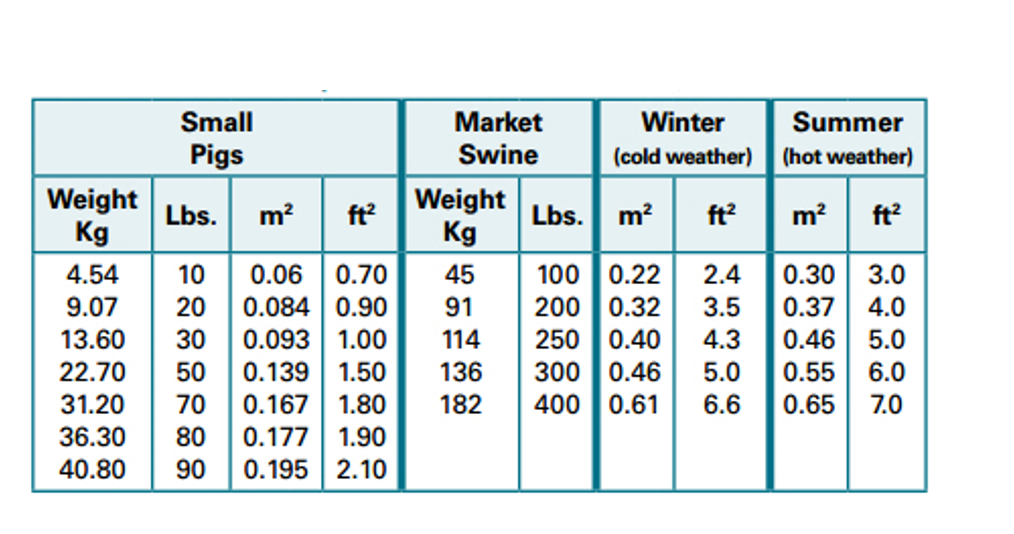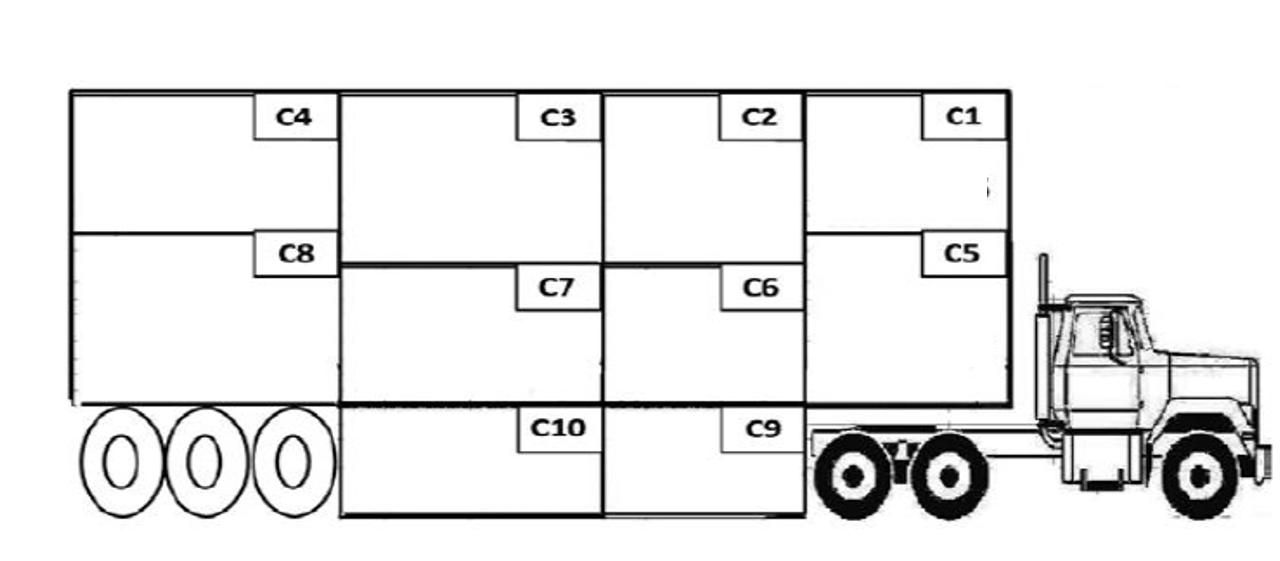Transport of Pigs in Spring and Summer Months
As the warmer months slowly approach, it is important to review transport conditions of pigs in spring and summer months particularly to reduce in-transit loss.
As the warmer months slowly approach, it is important to review transport conditions of pigs in spring and summer months particularly to reduce “in-transit loss”. Haley et al. (2008) define “in-transit loss” as a term to describe pig loss during transport from farm to slaughterhouse, also known as an abattoir, it is also important to remember that while we tend to focus on transport of market pigs (including culls); weaners and feeders are also at risk (1,2). AASV President Dr. Ron Brodersen stated that the United States produced approximately 120 million market pigs in 2015 which equated to approximately 1 million pigs on the road every day- that’s a lot of pigs (3). While the actual percentage of pigs lost during transport is less than 1%; this does not discount the fact that poor transportation can have adverse effects on the welfare of pigs, leading to significant loss of quality and result in a negative financial impact on producers (4,5,6). Notably, a greater percentage of “in-transit loss” is is believed to be due to shipping pigs under environmentally adverse conditions and was determined to reach a peak during the summer months (4,7,8).
Today the National Pork Board’s Transport Quality Assurance™ (TQA™) program is recognized as the swine industry’s best practices for handling and transportation. The program was designed to help swine producers, transporters, and handlers understand the best practices for not only handling, moving and transporting pigs but also in understanding the impacts their actions may have on pig welfare and pork quality (9). The latest version of the TQA™ program is available on the National Pork Board’s web-page in English and Spanish (9). The manual contains valuable information regarding transportation in extreme weather conditions. Particularly relevant is the Livestock Hot Weather Safety Index presented in Chapter 4 of the manual. The index is provided graphically allowing the user find the intersection of humidity percentage and outdoor temperature as it relates to distinct hazard levels including SAFE, ALERT, DANGER, and EMERGENCY (Figure 1) (9,10).
Some Other Factors to Consider May Include:
- Distance to Travel:
- Consider scheduling loading and transporting in cooler weather conditions like early morning or evening for pigs being shipped longer distances.
- Loading Density:
- Over stocking livestock trailers increases stress and death loss of pigs (11,12).
- Grandin (2014) suggests increasing space allowances 15 to 20% in warmer conditions and allowing pigs sufficient area to lie down on longer trips (13).
- Recommended truck space allowances are presented in Table 1 (14).
- The type of trailer used to transport pigs may also influence pig losses as the environment of distinct compartments may be more susceptible to extreme weather conditions (15,16) (Figure 2).
- You may consider pre-sorting pigs, weighing and stocking individual pens in the barn the day prior to loading so that each pen represents a truck compartment on the day of loading. This will dramatically reduce stress of both employees and pigs on the day of loading (17).
- Over stocking livestock trailers increases stress and death loss of pigs (11,12).
- Size of Pig:
- Be sure to respect the size of pig that the establishment accepts prior to shipping.
- Most abattoirs tend to handle more uniform market weight pigs appropriate for the scale of their equipment.
- Younger pigs not transported to an abattoir; weaned pigs typically have higher mortality rates than feeder pigs, especially under warm/hot conditions (18).
- Be sure to respect the size of pig that the establishment accepts prior to shipping.
- Compromised Animals:
- While it is the transporter’s responsibility to protect pigs during all weather conditions, responsible producers should not load pigs unfit for transport (9). Dead and non-ambulatory disabled pigs at the packing plants cost the U.S. swine industry approximately 46 million dollars annually (17).
- The fitness of pigs intended for transport should be assessed prior to loading (18, 19).
- Pigs which are compromised or unfit for transport should not be loaded and either treated or humanely euthanized.
- Keeping Pigs Cool:
- Considering the fact that pigs lack effective sweat glands, they are inherently challenged to manage body temperature (21).
- Wide variations in temperature and relative humidity are major factors affecting stress and welfare of pigs during transport (21).
- It’s advisable to practice low-stress handling techniques to reduce excitement at loading and unloading to take advantage of behavioral principles including flight zone and point of balance (22-25).
- “Wet” pigs to cool them although not in excessively as too much water may increase humidity in the trailer (26).
- Have a contingency planin the event that transportation is delayed (27).
- While it is the transporter’s responsibility to protect pigs during all weather conditions, responsible producers should not load pigs unfit for transport (9). Dead and non-ambulatory disabled pigs at the packing plants cost the U.S. swine industry approximately 46 million dollars annually (17).
Ensuring the safety and welfare of pigs in transport during the warmer spring and summer months is our duty as responsible swine producers and is essential in preventing unnecessary losses. Strategies to reduce pig loss are, not surprisingly, multi-factorial and may include consideration of weather conditions, time of day, distance traveled, stocking density as well as fitness of pigs for transport. Thoughtful consideration of the strategies presented may improve pig welfare, pork quality and have a positive financial impact for producers.






 Print
Print Email
Email

